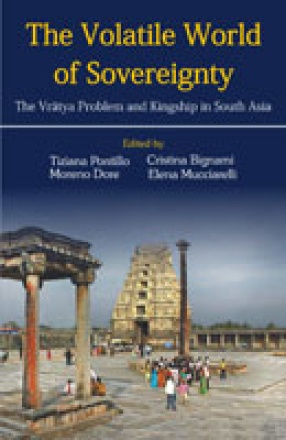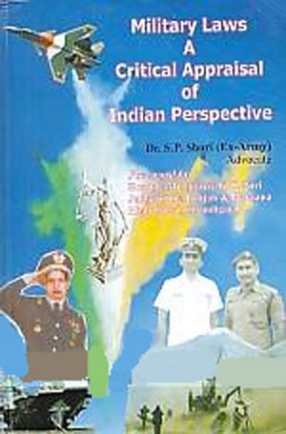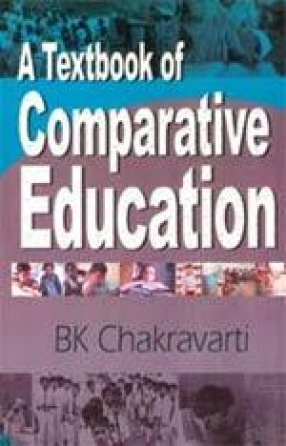This volume stems from the three-year Research Project Traces of a ‘Heterodox’ Concept of Kingship in Ancient, Medieval and Modern India financed by the “Regione Autonoma della Sardegna”, developed by Cristina Bignami, Danila Cinellu, Ewa Debicka-Borek, Moreno Dore, Elena Mucciarelli, Chiara Neri and coordinated by Tiziana Pontillo. It mainly tries to postulate an alternative explanation to the vratya-phenomenon correlated with the heterodox facets of Indian sovereignty. Thus, the work consistently offers a new historical interpretation of the rise of the so-called orthodox Brahmanic (Shrauta-) culture that is understood as a “reform”. Moreover, it resorts to a large collection of ancient, medieval, and modern texts and documents, interpreted by means of philological and anthropological tools. In this manner, the Vratya problem is launched onto a interdisciplinary platform, in order to profit from a broad scenario as far as this issue is concerned.
The first section focuses on the vratya culture, as it can be reconstructed from old (and middle) Indo-Aryan generally marginalized sources, and from medieval and modern documents where this culture seems to have left some traces. The second section seeks to substantiate the polar opposition between orthodox and heterodox sovereignty, of which vratyas appear to be a capital example.





There are no reviews yet.